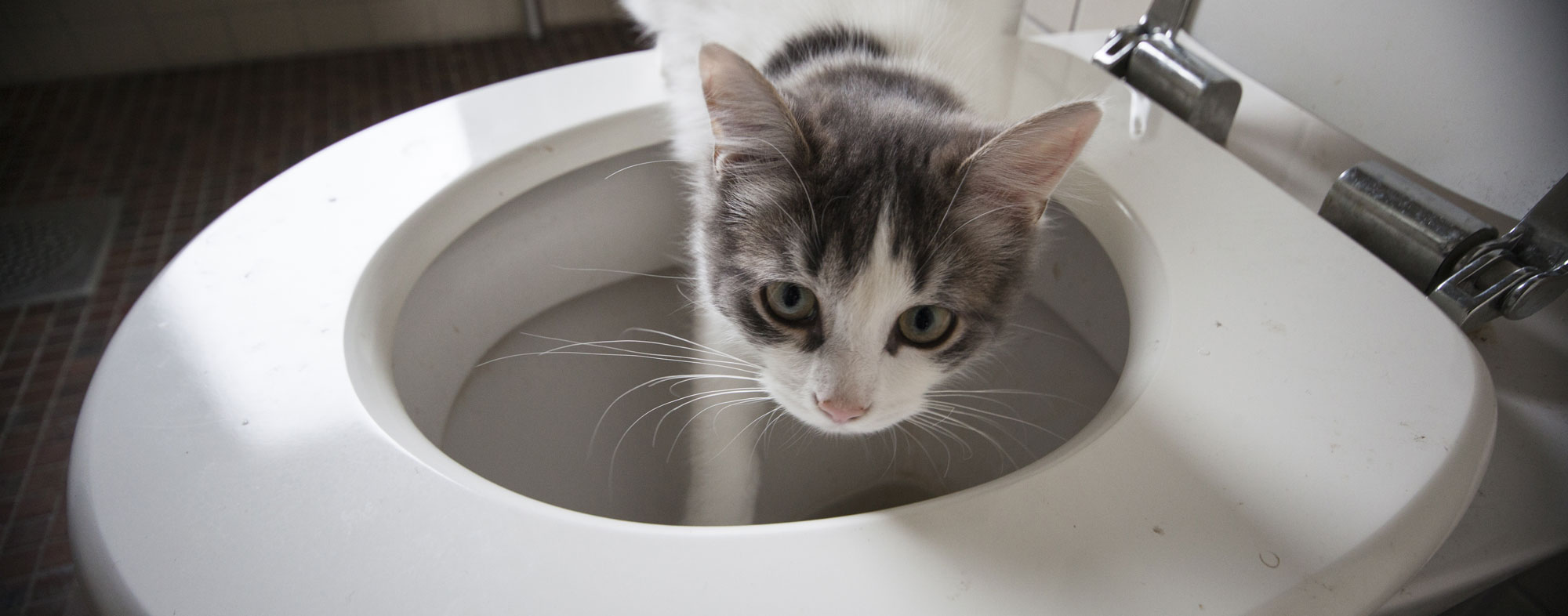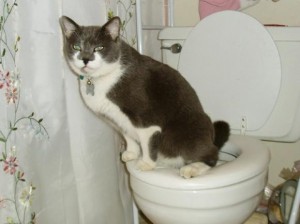Factors Why You Should Never Empty Animal Waste Down the Toilet
Call TodayJust how do you actually feel when it comes to Should you flush animal waste down the toilet?

When it involves throwing away waste, especially animal waste, lots of people usually consider the convenient choice of flushing it down the bathroom. Nonetheless, this seemingly easy option can have significant effects for the environment and public health. In this post, we'll discover why flushing pet waste down the commode is a negative concept and give alternate methods for correct disposal.
Intro
Appropriate waste disposal is critical for preserving ecological sustainability and public health. While it may appear harmless to purge animal waste down the toilet, it can cause various problems, both for the environment and human wellness.
Threats of flushing animal waste
Ecological impact
Flushing pet waste presents damaging microorganisms and pathogens into waterways, which can adversely affect marine communities. These pathogens can pollute water resources and damage marine life, disrupting fragile communities.
Public health issues
Animal waste consists of hazardous microorganisms such as E. coli and Salmonella, which can pose major wellness risks to humans. Flushing animal waste down the bathroom can pollute water products, leading to the spread of diseases and infections.
Alternatives to flushing
Instead of flushing animal waste down the toilet, there are several alternate disposal approaches that are extra eco-friendly and sanitary.
Composting
Composting pet waste is a green means to take care of it. By composting, raw material is broken down right into nutrient-rich soil, which can be used to fertilize yards and plants.
Garbage dump disposal
Throwing away animal waste in a landfill is an additional choice. While not as environmentally friendly as composting, it is a more secure alternative to flushing, as it avoids the contamination of water resources.
Animal garbage disposal systems
There are specialized pet dog waste disposal systems readily available that safely and hygienically take care of animal waste. These systems often utilize enzymes to break down waste and get rid of smells.
Actions to correct animal waste disposal
To guarantee appropriate disposal of animal waste, comply with these actions:
Scooping and bagging waste
On a regular basis scoop and bag pet waste utilizing eco-friendly bags. This protects against waste from infecting the setting.
Making use of marked waste bins
Dispose of bagged animal waste in designated waste containers, such as garden compost bins or landfill containers. Prevent flushing it down the bathroom at all costs.
Cleaning litter boxes and pet locations routinely
Regularly tidy can and family pet locations to avoid the accumulation of waste and bacteria. Usage pet-safe cleaning items to preserve health.
Benefits of correct disposal techniques
Taking on appropriate disposal approaches for animal waste supplies click here several advantages:
Reduced environmental pollution
Appropriate disposal techniques lower the risk of environmental pollution, shielding waterways and environments from contamination
Minimized risk of water contamination.
By preventing flushing pet waste down the commode, the risk of water contamination is considerably minimized, protecting public health.
Enhanced cleanliness and hygiene
Appropriate disposal techniques promote much better cleanliness and hygiene, creating a safer environment for both people and animals.
Conclusion
In conclusion, purging pet waste down the bathroom is damaging to the environment and public health. By adopting different disposal approaches and complying with appropriate waste management methods, we can minimize the negative influence of animal waste and contribute to a cleaner, much healthier world.
What To Do With Dog Poo – The Do's And Don'ts Of Disposing Of Faeces
Dog poo bins
Some councils provide dedicated dog waste bins in popular dog-walking areas that can take dog poo that has been bagged but you can legally dispose of dog waste in any public litter bin, as long as it is securely bagged. This also applies to your wheelie bin at home.
Do not flush
Water companies do not recommend flushing dog faeces down the toilet because certain parasites can survive the water processing treatment and are potentially harmful to humans. You should also never consider flushing dog poo that has been bagged down the toilet as the bags will not break down and instead create severe blockages in the sewage system.
In the woods
The Forestry Commission promotes a ‘stick and flick’ method for dealing with waste in the woods. This means finding a stick and using it to flick any poo from off the path so that it is out of the way of other walkers. You could also bury it as long as it is not in an area where there might be livestock.
Livestock
Parasites found in dog poo can be transmitted to livestock if they inadvertently eat infected faeces that has been left on grazing land. This could result in the death of sheep or abortion in cattle so you should always make sure you pick up your dog’s waste in fields where livestock could be present.

Regularly tidy can and family pet locations to avoid the accumulation of waste and bacteria. Usage pet-safe cleaning items to preserve health.
Benefits of correct disposal techniques
Taking on appropriate disposal approaches for animal waste supplies click here several advantages:
Reduced environmental pollution
Appropriate disposal techniques lower the risk of environmental pollution, shielding waterways and environments from contamination
Minimized risk of water contamination.
By preventing flushing pet waste down the commode, the risk of water contamination is considerably minimized, protecting public health.
Enhanced cleanliness and hygiene
Appropriate disposal techniques promote much better cleanliness and hygiene, creating a safer environment for both people and animals.
Conclusion
In conclusion, purging pet waste down the bathroom is damaging to the environment and public health. By adopting different disposal approaches and complying with appropriate waste management methods, we can minimize the negative influence of animal waste and contribute to a cleaner, much healthier world.
What To Do With Dog Poo – The Do's And Don'ts Of Disposing Of Faeces
Dog poo bins
Some councils provide dedicated dog waste bins in popular dog-walking areas that can take dog poo that has been bagged but you can legally dispose of dog waste in any public litter bin, as long as it is securely bagged. This also applies to your wheelie bin at home.
Do not flush
Water companies do not recommend flushing dog faeces down the toilet because certain parasites can survive the water processing treatment and are potentially harmful to humans. You should also never consider flushing dog poo that has been bagged down the toilet as the bags will not break down and instead create severe blockages in the sewage system.
In the woods
The Forestry Commission promotes a ‘stick and flick’ method for dealing with waste in the woods. This means finding a stick and using it to flick any poo from off the path so that it is out of the way of other walkers. You could also bury it as long as it is not in an area where there might be livestock.
Livestock
Parasites found in dog poo can be transmitted to livestock if they inadvertently eat infected faeces that has been left on grazing land. This could result in the death of sheep or abortion in cattle so you should always make sure you pick up your dog’s waste in fields where livestock could be present.

We hope you enjoyed reading our part about Can You Flush Dog and Cat Poo Down the Toilet?. Thank you for taking a few minutes to read through our article. Sharing is caring. One never knows, you may very well be doing someone a favor. Thanks a lot for taking the time to read it.
Call Today